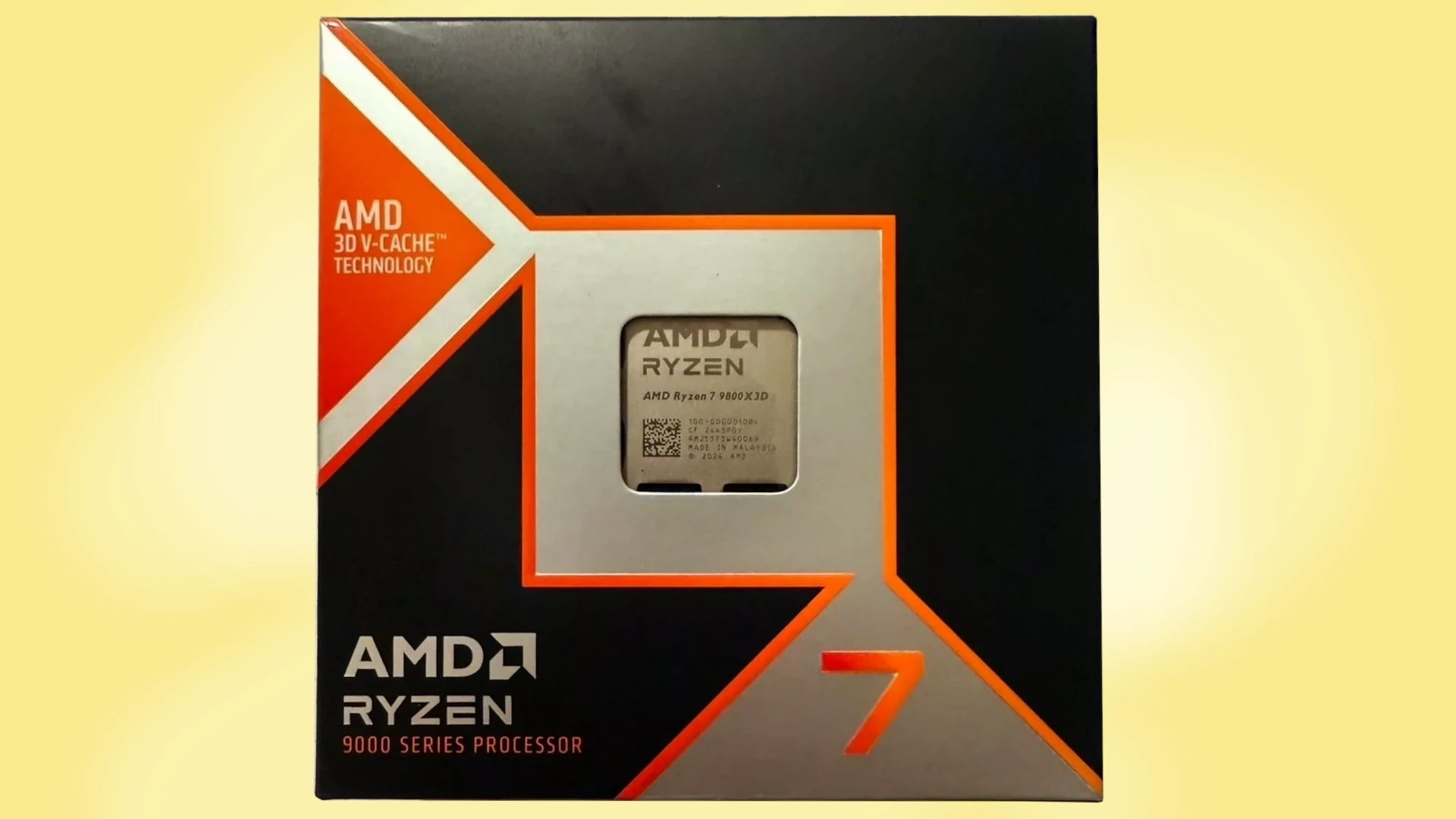AMD is expected to make a significant announcement at an upcoming event, potentially unveiling next-generation hardware including RDNA 4 graphics processing units, Ryzen 9 9000X3D CPUs, and the new FSR 4 technology. These advancements aim to deliver substantial performance improvements and enhanced visual experiences for gamers and PC users.
The company’s offerings may set a new benchmark in hardware performance and embrace artificial intelligence capabilities. Excitement is building as the tech community anticipates these developments.
AMD’s Potential CES 2025 Powerhouse
A Big Showing for AMD?
AMD might have some big announcements at CES 2025, with expected new graphics cards, processors, and improved gaming technology. This could be a huge event for gamers and PC enthusiasts. Let’s look at what we might see.
New Graphics Cards (RDNA 4)
The biggest rumor is about new graphics cards based on RDNA 4. This is AMD’s next-generation graphics architecture. These new cards could offer a big performance boost for gaming. They might be called the Radeon RX 8000 series, or perhaps even the RX 9000 series. Some reports even suggest a possible launch in late January.
More Powerful CPUs (Ryzen 9 9000X3D)
AMD is also known for its Ryzen processors. We might see new Ryzen 9 9000X3D CPUs at CES. These CPUs use special technology called 3D V-Cache. This tech makes them very good for gaming. They could offer even better performance than current models.
Improved Gaming Tech (FSR 4)
AMD has its own upscaling technology called FidelityFX Super Resolution (FSR). This technology helps games run smoother and look better. We might see FSR 4 at CES. This new version could bring even better image quality and performance.
What This Means for Gamers
If these rumors are true, it’s good news for gamers. New graphics cards and CPUs mean better performance in games. FSR 4 means games can look great even on less powerful hardware.
| Potential Announcement | What It Is | Benefit for Gamers |
|---|---|---|
| RDNA 4 GPUs | Next-gen graphics cards | Big performance increase |
| Ryzen 9 9000X3D CPUs | High-performance processors | Improved gaming performance |
| FSR 4 | Upscaling technology | Better image quality and performance |
When Will We Know for Sure?
For now, these are just rumors. We’ll have to wait for AMD’s official announcements at CES 2025 to know for sure.
Short Summary:
- AMD set to announce multiple new products at CES 2025, including Radeon GPUs and Ryzen CPUs.
- Radeon RX 9070 XT is expected to showcase the new RDNA 4 architecture.
- The innovative FSR 4 technology will reportedly enhance gaming performance with AI-driven capabilities.
As January approaches, AMD is ready to make headlines at CES 2025 with significant product launches. The company is rumored to unveil its Radeon RX 9000 “RDNA 4” graphics cards alongside the much-anticipated Ryzen 9 9000X3D processors and the fully AI-based FidelityFX Super Resolution 4 (FSR 4) technology. This announcement is poised to capture the attention of gamers and tech enthusiasts alike, as the competition in the graphics market heats up against rival companies.
Insider information reveals that January’s event may be one of AMD’s most noteworthy showcases in recent years. AMD may skip its previous generation 8000 series, which some speculations suggest will be reserved for integrated graphics in the upcoming Strix Halo APU, and jump straight to the new RX 9000 series.
According to leaks from renowned AMD source Hoang Anh Phu, the launch of the Radeon RX 9070 XT is closely tied with the anticipated announcement of FSR 4 technology and the Ryzen 9 9000X3D. His tweet stated:
“RX 9️⃣0️⃣7️⃣0️⃣ XT🚀 = FSR 4🚀 = R9 X3D🚀”
This message suggests a synchronized rollout of these key products, enhancing AMD’s overall offerings. The RX 9070 XT will mark an evolutionary leap in AMD’s RDNA architecture, promising improved performance and efficiency, but details on specifications are still under wraps.
The Evolution of FSR Technology
FidelityFX Super Resolution has seen AMD enhancing user experience through advanced upscaling technology. FSR 4 is speculated to bring fully AI-based advancements that could rival NVIDIA’s ongoing work in neural rendering technology. With historical challenges in rapidly updating FSR technology post-GPU launches, AMD’s coordination of FSR 4’s debut with the Radeon GPUs could be a strategic advantage.
AMD is not alone in this competitive landscape; NVIDIA is also expected to reveal its new RTX 5080 lineup concurrently. Meanwhile, Intel will likely provide details on its Arc B570 GPU. With such fierce competition set for January 2025, all eyes will be on these major players in the graphics market.
Upcoming Ryzen 9000X3D Series Launch
Furthermore, the Ryzen 9000X3D series is on track for an official announcement at CES 2025. Following delays that pushed back its release, this upcoming lineup will utilize 3D V-Cache technology similar to its predecessors. The delays may reflect AMD’s commitment to delivering optimal performance and rectifying supply chain challenges.
Sources indicate that the Ryzen 9 9000X3D will feature similar cache configurations as previous models. However, the architecture will represent an evolution with enhanced capabilities derived from the Zen 5 design, making it a source of excitement for performance enthusiasts. These Ryzen CPUs had originally been expected to launch alongside non-X3D variants, but AMD appears to be consolidating its announcements.
The Ryzen lineup at CES may also include models such as the Ryzen 7 9800X3D and future Ryzen 9 models. What further complicates matters is that AMD’s announcement for these processors may be primarily focused on the 8-core variant initially, with details about additional models to follow later on.
Mobile and Handheld Market Statements
A significant facet of AMD’s announcements will also target the laptop and handheld markets. Leaks suggest the introduction of low-power Krackan APUs, as part of the Ryzen AI 300 series, amidst other flagship mobile models. AMD is also likely to showcase the next generation Fire Range series, designed to succeed its Dragon Range line.
- Laptop APUs:
- Ryzen AI 300 – Krackan Point
- Ryzen AI 300 Max – Strix Halo
- Ryzen HX Series – Fire Range / Fire Range X3D
- Handheld APUs:
- Ryzen Z2 Extreme
- Ryzen Z2
- Ryzen Z2G
- Graphics Cards: RDNA4 Architecture – Radeon RX 8000?
- Desktop CPUs:
- Ryzen 9 9950X3D
- Ryzen 9 9900X3D
Based on information from leakers such as “zhangzhonghao,” it seems likely that CES 2025 will serve as the stage for RDNA4 announcements, hinting at upcoming GPUs like the Navi 48 and Navi 44, primarily aimed at mid-range and entry-level markets. Interestingly, this generation may forego high-end enthusiast GPUs entirely.
A Competitive Landscape Ahead
The upcoming CES is anticipated to be an event rich in innovation, not just from AMD but also from its competitors. NVIDIA’s CEO, Jensen Huang, will be delivering a keynote on January 6, expected to outline the future trends in AI and consumer technology, further raising the competitive stakes.
Huang’s influential presence has been a mainstay at CES, with the conference historically serving as a backdrop for NVIDIA’s groundbreaking announcements—from pioneering gaming technologies to powerful solutions for industries like healthcare and automotive.
The buzz surrounding the new product launches is palpable as CES draws near. Enthusiasts are eagerly looking forward to advancements promised by both AMD and its competitors provided during the event. As major players in the tech world prepare to unveil their innovations, the clash of technologies will certainly provide a wealth of new options for consumers.
As January 2025 approaches, AMD’s full spectrum of announcements regarding their Radeon RX 9000 “RDNA 4” graphics cards, the Ryzen 9 9000X3D CPUs, and the revolutionary FSR 4 technology is set to make waves. With high expectations from fans and consumers alike, CES 2025 could transform into a thrilling battleground for the future of gaming and computing technology.







